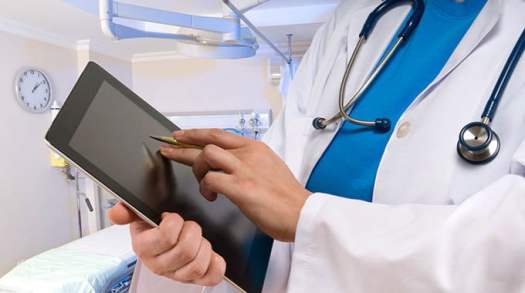The first symptoms of breast cancer usually appear as an area of thickened tissue in the breast or a lump in the breast or an armpit.
Other symptoms include:
pain in the armpits or breast that does not change with the monthly cycle
pitting or redness of the skin of the breast, similar to the surface of an orange
a rash around or on one of the nipples
discharge from a nipple, possibly containing blood
a sunken or inverted nipple
a change in the size or shape of the breast
peeling, flaking, or scaling of the skin on the breast or nipple
Most breast lumps are not cancerous.
However, women should visit a doctor for an examination if they notice a lump on the breast.
A doctor stages cancer according to the size of the tumor and whether it has spread to lymph nodes or other parts of the body.
There are different ways of staging breast cancer. One way is from stage 0–4, with subdivided categories at each numbered stage.
Descriptions of the four main stages are listed below, though the specific substage of a cancer may also depend on other specific characteristics of the tumor, such as HER2 receptor status.
Stage 0: Known as ductal carcinoma in situ (DCIS), the cells are limited to within the ducts and have not invaded surrounding tissues.
Stage 1: At this stage, the tumor measures up to 2 centimeters (cm) across. It has not affected any lymph nodes, or there are small groups of cancer cells in the lymph nodes.
Stage 2: The tumor is 2 cm across, and it has started to spread to nearby nodes, or is 2–5 cm across and has not spread to the lymph nodes.
Stage 3: The tumor is up to 5 cm across, and it has spread to several lymph nodes or the tumor is larger than 5 cm and has spread to a few lymph nodes.
Stage 4: The cancer has spread to distant organs, most often the bones, liver, brain, or lungs.
After puberty , a woman’s breast consists of fat, connective tissue, and thousands of lobules.
These are tiny glands that produce milk for breastfeeding. Tiny tubes, or ducts, carry the milk toward the nipple.
Cancer causes the cells to multiply uncontrollably. They do not die at the usual point in their life cycle.
This excessive cell growth causes cancer because the tumor uses nutrients and energy and deprives the cells around it.
Breast cancer usually starts in the inner lining of milk ducts or the lobules that supply them with milk. From there, it can spread to other parts of the body.



